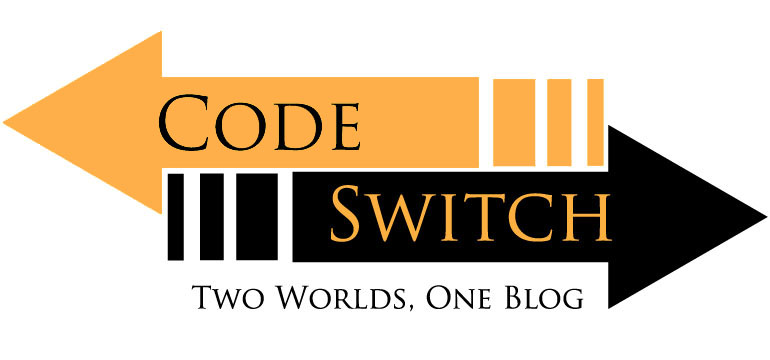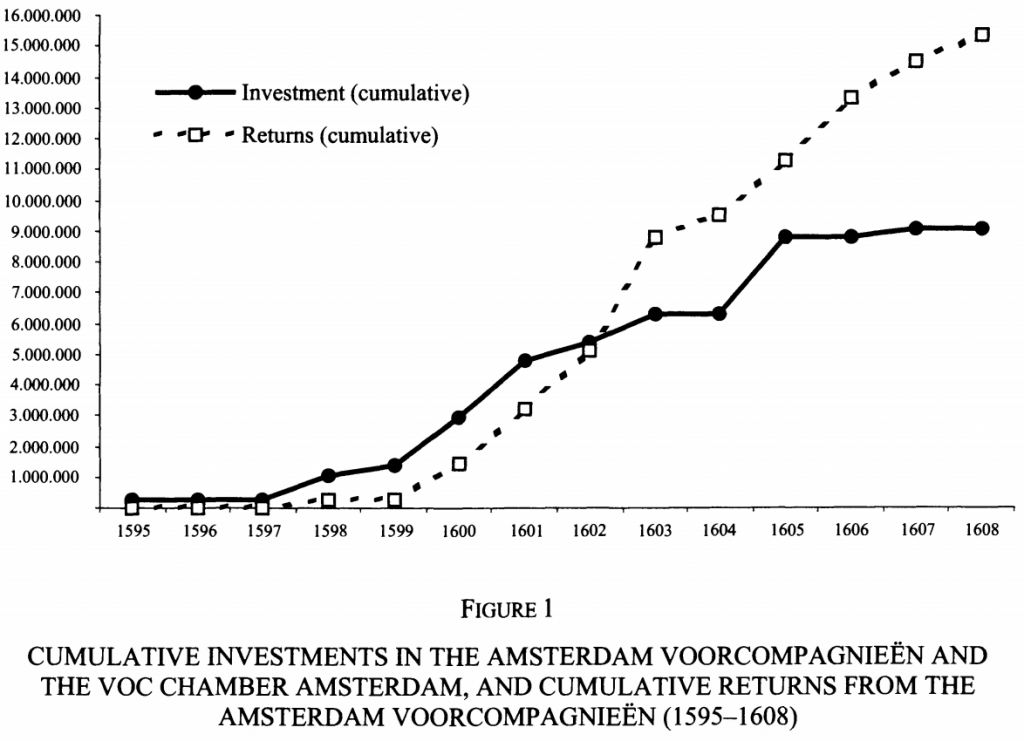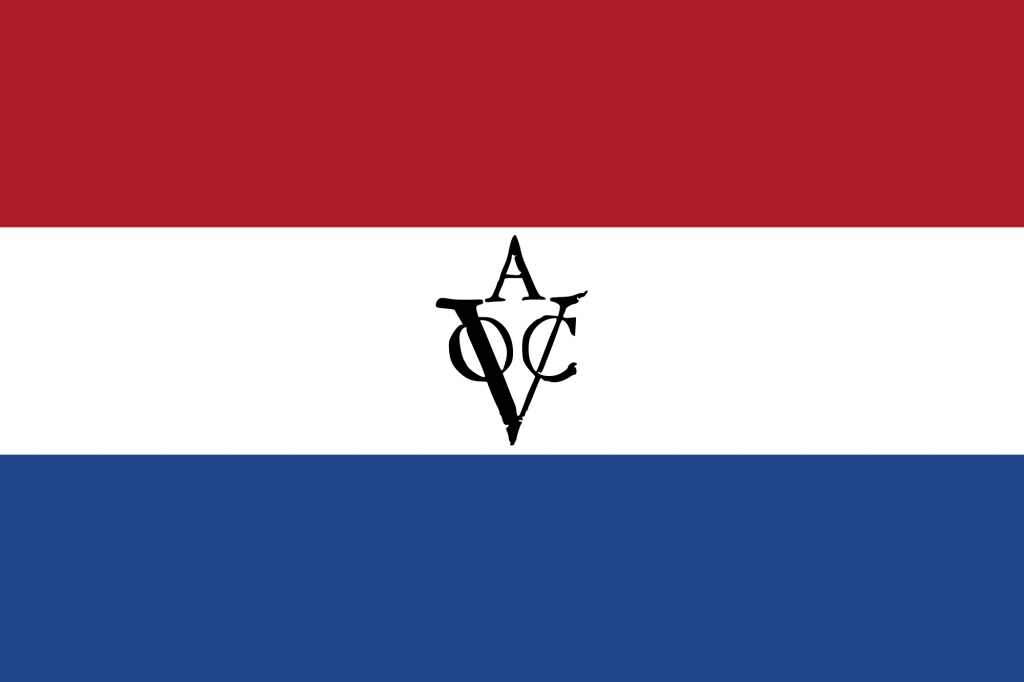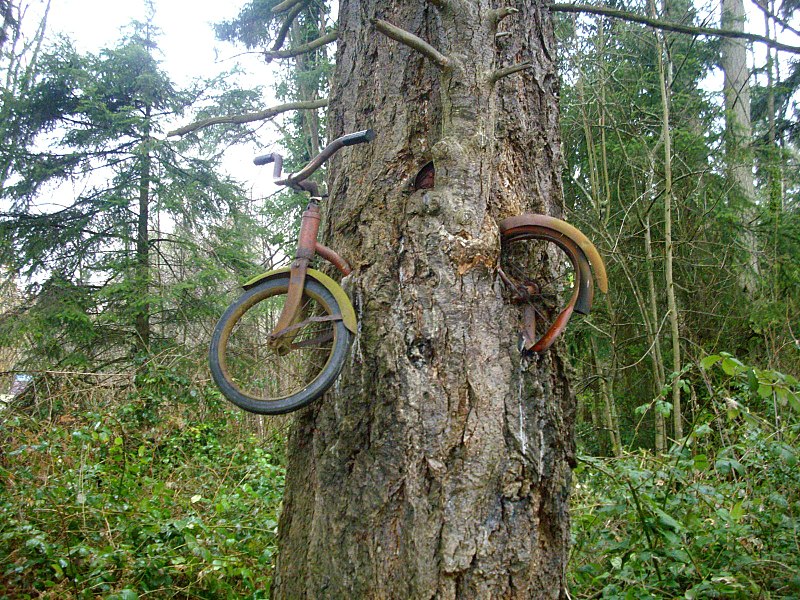Hi, my name is James and welcome to Code/Switch where I over-analyze facets of RPG settings and mechanics. Today I want to talk about the prevalence of globalization in Golarion and the theoretical viability of that globalization. I know it sounds boring but hear me out, I swear it’ll give you a new way to look at trade in your games.
Globali-whu?
Globalization is the process by which businesses or other organizations develop international influence or start operating on an international scale. In our world we’ve reaped the benefits of this with cheaper products, year round blueberries, Bollywood flicks, and most recently, dope memes. Globalization isn’t intended to spread culture, but it tends to as a by-product of its usual goal – making money. Globalization isn’t a new thing, we all learned about the Silk Road; an international trade route that brought goods from Rome as far away as China. It’s along trade routes like the Silk Road that things besides cash; goods, ideas, technologies, and culture spread.
Why Should I Care, Golarion is fantastical!
You’re not wrong there. Golarion is a world in which dozens of sentient creatures exists along with thousands of other creatures bent on killing those sentient creatures. Golarion is a weird world of seemingly unlimited resources.
(This is my mental justification as to how so many sentient beings can be alive at once without a catastrophic extinction.)
It’s not so much amount of resources but more the type of resources that fill Golarion that baffle me. Ultimate Equipment is awesome and gives listings for foods with their weight and price. This allows me to compare costs of these products in real life and to estimate difficulties of production for foods in Golarion (i.e. the more expensive a product, the more difficult it probably is to obtain.) I know comparing Pathfinder and Real-World prices is a silly idea, but it’s more just to frame any findings rather than make definitive connections.
For example items like; bread (1/2lb 2cp cost), cheese (1/2lb 1sp cost), coffee (1 cup 1cp cost), tea (1 cup 2cp cost), milk (1/2lb 5cp cost), meat (1/2lb 3sp cost) and more are included in this Ultimate Equipment list. Using this list as an average Pathfinder price guide, meat is more difficult to obtain than any other item because of its 3sp cost, while a cup of coffee is the easiest to obtain with its 1cp cost. If you’re not familiar with Pathfinder money system the smallest unit is a copper piece (cp), and 10 of them make 1 silver piece (sp), 10 silver pieces make 1 gold piece (gp), and 10 gold pieces make 1 platinum point (pp). Similar to the US system where 10 pennies make a dime, 10 dimes make a dollar, and 10 dollars gives you a sick Alexander Hamilton banknote.
For Golarions general Medieval setting some of these prices are amazing as compared to Earths Medieval period. Items like tea and coffee were reserved for the wealthy in the West due to the cost of transporting these items from China and Africa respectively. While it isn’t explicitly stated, the Inner Sea Region is an analogue to the medieval western world which makes the regions lack of scarcity fascinating. In the same time period on Earth things like tomatoes, chili peppers, corn, cloves, turkey, citrus, tea, coffee, nutmeg, ginger, and tobacco were rare and expensive or totally unavailable. Places in the Inner Sea region of Golarion seem to have no trouble acquiring those resources which I can only think of explaining in one of two ways.
1. Those rare items just exist in the Inner Sea region, maybe they were brought by previous civilizations.
2. International and intercontinental trade is cheaper or easier than it was at the equivalent period on Earth.
A lot of those products have very specific growth conditions, but the Inner Sea region has the Mwangi Expanse, whose tropical climate and wildly varying elevations would probably include all the growth environments for those plants. On the flip side of the Mwangi Expanse is dangerous and doesn’t have direct sea access except via a pirate and magical hurricane western shore. Its northern and eastern borders are lined with sky-high mountains and its southern border goes to places unknown. This leads me to believe that its probably the second explanation as to why the Inner Sea region is so flush with far flung resources. To get these resources from where they’re most likely to grow in Mwangi seems a deadly proposition at best, cheap intercontinental overseas trade is probably the more likely option.
How Could it Possibly be Cheaper to go Farther?
It’s easy when the closer route is more difficult to traverse. As we learned before the Mwangi Expanse is surrounded to the north and east by tall mountains followed by vast, unforgiving deserts. Its western border is its only sea access and the waters around it are riddled with pirates and the area is punctuated by a country-sized magical hurricane. All of your cargo would have a high risk of loss the sea route, and a land caravan would have to travel over 300 miles of mountains followed by inhospitable desert to get on a boat anyway. It’s likely to be safer and more cost efficient to just sail to a place like Vudra or Tian-Xia. Golarion has it’s very own Silk Road from Qadira to Vudra called the Golden Path, but I’m shelving that as a solution due to the same reasons the Silk Road was shelved in real life. Ship based trade is more efficient and less dangerous. A ship is expensive, but can carry cargo more affordably than a caravan train which requires dozens or hundreds of animals. Also, if someone wants to rob your caravan, they just need a few horses and brave bandits, to have someone steal you expensive ship, they usually need a roughly equivalent ship, raising the barrier to robbing-entry.
Pathfinder is a great system, because it actually gives the cost for travelling miles by different means, hiring help, and how fast different means of travel go on average. To add on to that the Skulls & Shackles Adventure Path gives ships more fleshed out descriptions and more reasonable costs. To do this upcoming math I’m going to use the Sailing Ship statistics from the Skulls & Shackles players guide and the comparison I’m going to use is the investment and returns graph below which is from the Dutch East Indian Company from this paper using the latest 1608 figure as the ideal return-on-investment figure.
In food service (one of my backgrounds) your standard Profit-Loss for a product is 33%. That means that when you sell a hamburger for $10, the cost of the ingredients, cooks, and cooking tools won’t amount to more than 1/3rd of the sale price. It might sound small, but if your sell-price is too high the item becomes undesirable and you may not sell enough to justify a slightly increased (like 40%) profit-loss. The same doesn’t necessarily hold true for luxury overseas trade goods and the graph shows the Dutch East India Company invested around 9 million guilders (Dutch dollars) and gained returns of 15,500,000 guilders in return, a 58% return on investment (which is like your business version of food service profit-loss.)
So for overseas trade in Golarion to be so cheap and ubiquitous that a cup of coffee costs half of what a loaf of bread costs, the return on investment for a trading vessel on Golarion should be higher than 58% to at least give the world a shot of those goods being cheap enough for commoners to afford, as the items brought back by the 58% ROI Dutch East India Company were usually afforded only to the wealthy.
To make this comparison were going to assume the Golarion ship will travel the same distance as a Dutch ship would from The Netherlands to Jakarta via the Cape of Good Hope, which is 11,354 nautical miles. We’ll also assume the way is known and well explored, along with fair weather. A sailing ship in Pathfinder goes 48 miles/day on average, or 1.74 knots, to make this journey one way would take 272 days and round trip would double the time and mileage to 22,708 nautical miles and 544 days total. A long freakin’ time.
The sailing ship has a maximum cargo capacity of 150 tons and has a crew of 20. The boat itself costs 10,000gp and trained hirelings which seem to describe sailors would cost 3sp for every day of the voyage. Unskilled hirelings would probably be hired at the port, but we’ll ignore their cost. This makes the crew for this vessel cost 60sp or 6gp daily. For the entire 544 day voyage the cost of maintaining this crew would be 3,324g for the trip.
Now for the loot. Skulls & Shackles will again help us. In Skulls and Shackles instead of finding a ship full of spices or ironing boards, you find ships that are filled with plunder, a umbrella term for an array of trade goods. Plunder has a static value, it’s worth 1,000g each point, and each point weighs 10 pounds. Using plunder as our goods, this sailing ship would be able to bring back 15 points of plunder worth 1,000g for a total of 15,000g of profit. This seems good! Our ship cost was 10,000gp and our crew cost was 3,324g for a total overhead of 13,324g, it looks like our voyage gained a profit! That is until we step back and realize this is a trade ship and not a pirate ship, it had to bring things of similar value. Using the Dutch East India Companies 58% Return on Investment we can quickly estimate that the value of the goods brought to trade were worth at least 42% of the value of the 15,000gp of plunder, which would cost roughly 6,300gp. The total cost of this voyage is actually 19,624gp with a profit of 15,000gp, a loss of 4,624gp, or 30% of profits.
Using this same balance sheet and taking another voyage makes the picture a little nicer however. Sure you start in the hole 4,624gp and incur another 3,324gp of crew costs, along with 6,300gp to get goods to trade, but you don’t have to rebuy your ship. Once the voyage is done you come back with 15,000g in goods with a cost of 14,248gp to acquire it, a net gain of 752gp, which is a return on investment of almost 5%! Sadly this is still less than the Dutch East India Company.
After enough voyages we can just get to the flat costs of this voyage. Your crew costs are 3,324gp per voyage and your trade goods cost is 6,300gp for a total voyage cost of 9,624gp with a maximum profit of 15,000gp, a return on investment of just under 36%, well short of the Dutch East India Company. There’s only a few ways to lower this cost to increase the return on investment; make the boat faster, make the boat carry a lot more, greatly reduce crew costs, find a cheaper trade good to exchange, or exchange for a type of trade good worth more than plunder.
What if We Use Tea?
If we switch to tea rather than plunder some numbers change around a bit. The Ultimate Equipment guide says 1/2lb of non-ceremonial tea costs 2cp. The sailing ships cargo hold would be able to carry 600,000 ½ pound doses of tea each worth 2cp, for a total of 1.2 million copper or 12,000gp. Dang it.
What did we Learn?
Golarion is magical. It’s a world where every place has access to seemingly every natural resource by ways other than international trade. It would take goods more valuable than the valuable-in-our-world-cheap-in-theirs tea to make international trade worth the investment and risk. I think this also highlights that ships in Pathfinder tend to have smaller cargo capacities than our equivalent vessels from a similar time period.
See any weird math, inappropriate assumption, or anything you like. Drop me something in the comments, I’d be glad to talk about the viability of international trade in a fantasy world. It’s actually this video from Wendover Productions that even made me think about this as a concept.









Isn’t it cheaper to just use teleport? Level 9 wizard/sorcerer can go 900 miles and carry full load of tea with himself. The cost of spellcasting is given at Caster level × spell level × 10 gp, minimum 450gp but with full-time work he might get pension instead getting paid per each trip separately. I suppose it would be possible to go down to around 200gp daily but with an agreement that caster gains employment and stable income. Heavy load for 12 Str wizard (lets say he worked out a lot) is about 130 lbs max, which in terms of tea would be about… I’m not sure if the wizard has enough capacity to carry that much gold back… This also tells you why meat is more expensive. It is heavier, and caster can take only one additional living creature per three level (or it’s equivalent in meat – which is heavier then leaves).
The wizard can probably take a bunch of bags of holding too, but they’d have to have Teleport cast 13 times to reach that theoretical destination. It’d be way faster than a boat though. Would probably work in much more valuable goods at that rate though.
I adore this kind of thinking about the pathfinder world! I would think that shipping is probably either used for higher value goods or uses extra dimensional spaces…. not sure on the exact break even point on bags of holding but a few of the cheaper ones might be what puts moving things like coffee and tea economical. alternatively I have a build for druids (or hunters) that comes online between levels 3 and 6 that can move 1.5 tons per 55gp spent. and that’s at their move speed which between wild shape or riding a roc companion (assuming small race) could be up to 62 miles a day in a straight line. that would balance those numbers nicely
That is a heck of a build!
[Old PFS spoiler] It is part of canon that the Blockros family made their fortune in part by shipping through the Shadow Plane, which somehow was more efficient.
That museum is a public nuisance and should be demolished.
*Blackros family
See also shrink item, blood money/fabricate, alchemical transformation, and pack mule cords. Also keep in mind that trade goods are likely transported both ways, even if one way is less profitable, it should at least lower overall costs. Love the article, if you couldn’t tell!
Thank you! There’s all sorts of ways to improve the route, but I was just looking at the most mundane, real world equivalent way. I didn’t think about the trade goods going both ways, but that would make more sense.